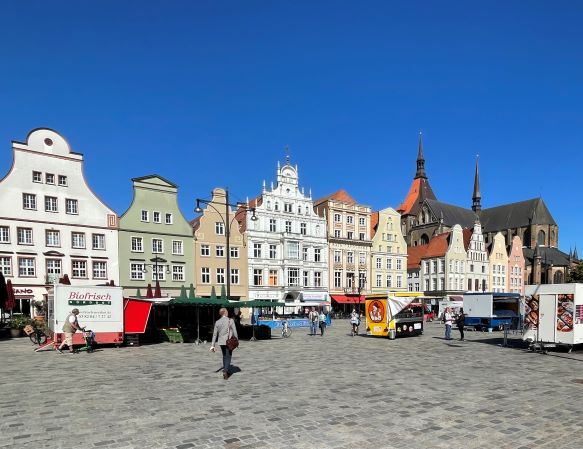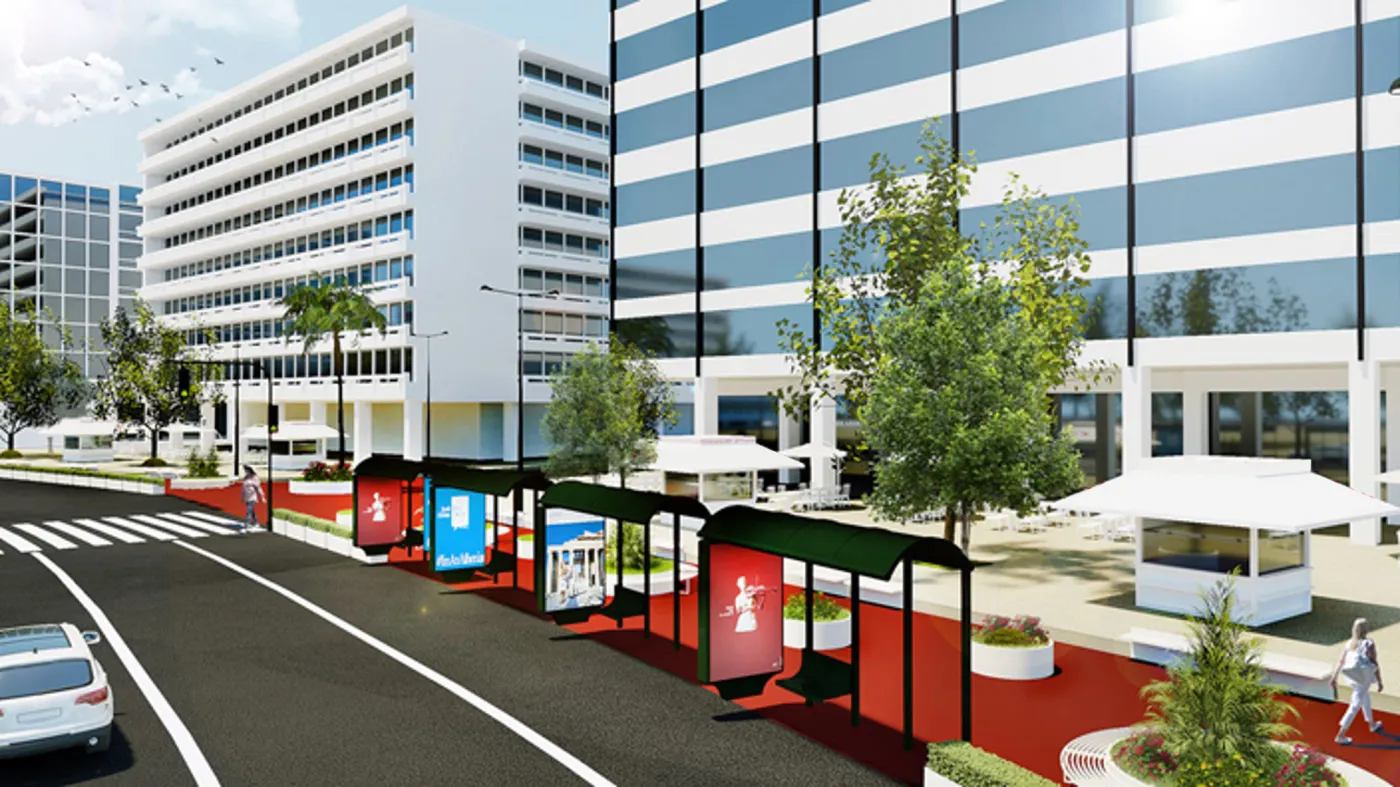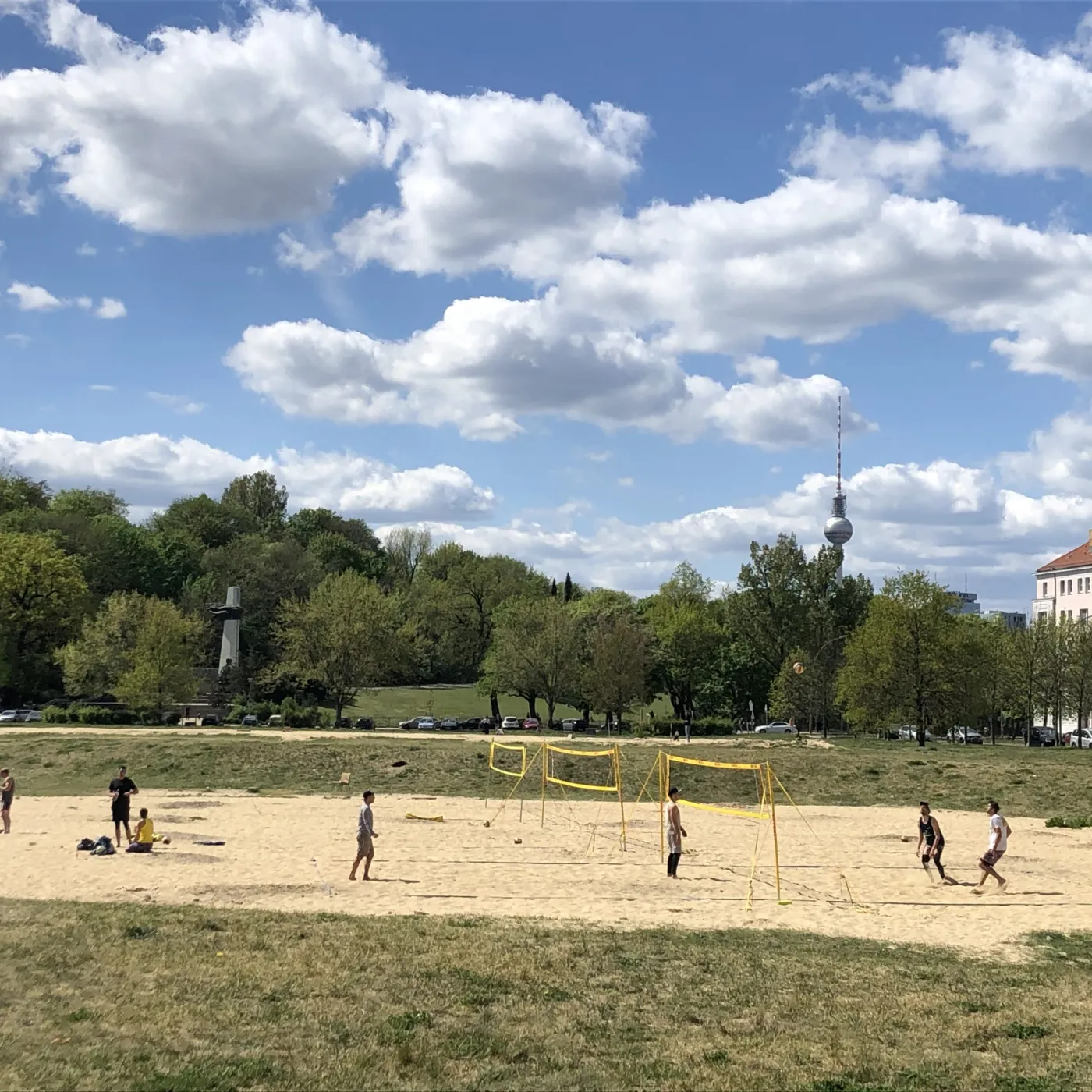Proposed interventions in Syntagma square, Athens.
by Prof Ares Kalandides
Recently, a municipality in the state of Berlin invited residents to choose the trees they would like to see planted in their street, as part of a new tree planting programme. The meeting took place in a neighborhood cafe that gave them space; residents were presented with three options with trees suitable for the location, and after an introduction by experts about the pros and cons of each option, citizens discussed and voted. This is a simple example of a relatively clear question with no particular controversies or rivalries. Nevertheless, the main questions that should concern us when it comes to citizen participation are already visible here. Some of them are practical and others relate to more theoretical and methodological issues:
“For me, the first step should be the provision of accurate, accessible, and continuous information – not advertising.”
First, citizens were asked to choose in the last phase of the process, after the decision at a higher level to place trees in this street. Alternatively, the residents of the street could have been asked whether they wanted trees in the first place or maybe something totally different, such as benches or a playground. In a similar way, all residents of the municipality could have been asked if they prefer trees on that particular street or somewhere else. The municipality, however, had already decided, based on wider environmental planning, that trees on that street were important for the climate of the whole area. This raises two questions: (a) At what stage of the decision-making process do we include participation? (b) At what scaledoes it take place and how does it fit into a wider plan that does not only concern that specific microspace?
“The second issue that arises here is proper citizen information, the centrality of knowledge as well as the role of the experts.“
Second, citizens were asked to decide from a closed system of choices. They were not simply asked, ‘what trees do you want in your street’, but experts were invited to suggest possible alternatives, each with its own advantages and disadvantages. A completely open discussion could have been educational in nature, but it could easily have resulted in a fruitless outcome if any choice made by the residents (e.g. to plant palm trees in the wrong climate) received a negative response due to the impossibility of implementation. The second issue that arises here is proper citizen information, the centrality of knowledge as well as the role of the experts.
In this case, all residents of the street were called to decide (even foreign citizens) as well as a local association, property owners and local businesses. Here, a third question comes in, that of the subjects of participation: who are these citizens that participate? They are not necessarily identical with the citizens who vote in the representative system (i.e. the municipal council or the parliament). In municipal elections, it is people registered in electoral lists that vote. Neither foreign nationals (with exceptions) nor collectives nor businesses nor landowners living elsewhere have a right to vote. I personally believe that the resident (as a citizen) is a completely different category from all other subjects, but this requires a serious and quite complex political debate.
“If participation is to be more than just an alibi, it is important to find ways to reach those already excluded.”
Fourth, beyond the theoretical question comes a much more real one: not just who is invited to participate, but who ultimately participates and who does not. I have often followed such processes closely and it is rather discouraging to see that those who participate mostly belong to the same middle class, with a certain education and participation experience. In other words, it is ‘the usual suspects’ that join the process, while immigrants, the poor or the marginalized are left out. There have been studies that try to explain why non-privileged citizens do not participate. The bottom line is that economic and social marginalization go hand in hand. They are linked to a lack of trust in the system, no access to information, bad public speaking skills, low self-confidence and more. In other words, there is a class dimension to participation that is central to understanding it. If participation is to be more than just an alibi, it is important to find ways to reach those already excluded.
Fifth, the choice of the specific space of the participation process is not irrelevant. A local cafe was chosen in the above example, a familiar low-threshold location. It is completely different if such a process takes place e.g. at the town hall. There are arguments for both, as the town hall might give more authority to the process, but it would probably make access even more difficult, for reasons of distance that are both real and symbolic. It may seem like a small detail, but in the reality of participation details matter.
“To inform you about something in a way that you will not understand, and later ask you later to decide is at least dishonest.”
But even the way the process is conducted, the method followed, is important. What language do we use? How do we portray what is happening? Images – and therefore designers, artists, or architects – can sometimes make information more accessible and understandable. In the case of trees, since many people find it difficult to read plans, experts chose the easiest (but also most easily manipulative) language of photorealistic images. Accessibility of information is just as important as its existence. To inform you about something in a way that you will not understand, and later ask you later to decide is at least dishonest. Also, the alternatives given in our example were presented with their pros and cons, elements that after all, are present at every intervention. What mattered was for the people to weigh those alternatives in each case and decide based on that evaluation. Let’s contrast this with the most common case, where a single solution is advertised, while this is camouflaged as information.
The seventh thing I want to mention here is transparency regarding the responsibilities of the participatory process: is it merely advisory and can therefore be rejected, or does it have the power to make a binding decision? It is also a matter of transparency to know exactly who the recipient of the choices of the participatory process is, i.e. who receives citizens’ objections, recommendations, and decisions. What responsibilities does this recipient have? If e.g. a committee of residents makes recommendations and the answer is always ‘I am not responsible’, participation turns into a farce. Transparency finally means knowing what happens to the results of the participation process. Were they integrated in the decision? Were they rejected? If so, why? It is enough for citizens’ comments to remain unanswered once and they will not be bothered to participate again.
The above must be codified and institutionalized. This also applies to the legal provisions for mandatory consultation, but also to various other schemes where participation may not be mandatory, but strongly recommended. Central to institutionalization is continuity. Not fragmented occasional participation, but a system of participatory processes that defines among other things the relationship between direct democratic forms of governance, the representative system of municipal councils, social movements, collectives, political parties – but also individual initiatives.
“Is participation a political right and therefore an integral part of citizenship or is it a concession by the state which it can give and take at will?”
One could argue of course that in the end, whether we plant planes or lindens, it really matters little to people’s lives and to democracy. One could argue that we call upon citizens (and thus take up their time) to decide on something ultimately indifferent, while they are given no say on things that can really change their lives. In other words, there is higher order issue here, that of political priorities. At what level are citizens called to participate? Participatory budget systems, where citizens are asked to decide where parts of the total (usually municipal) budget will be allocated, possible response to this.
Finally, how do we understand citizen participation outside the representative system, i.e. elections? Is it a political right and therefore an integral part of citizenship or is it a concession by the state which it can give and take at will? If it is the former, then the state is obliged not only to offer participation procedures, but also to find ways to make them accessible. In other words, it is not enough to give a right, but you must ensure that citizens have access to it. For the time being even where participation is mandatory, actual participation in the consultation process is often minimal.
Where do we start? Unfortunately, we need to start simultaneously at the last and at the first statement. In other words, we need the political debate on what participation means, but also the clarification of very practical details about what really happens in the existing processes. But for me, the first step should be the provision of accurate, accessible, and continuous information – not advertising.
The above are some initial, incomplete thoughts to get the discussion going. We will need to take it from here.



